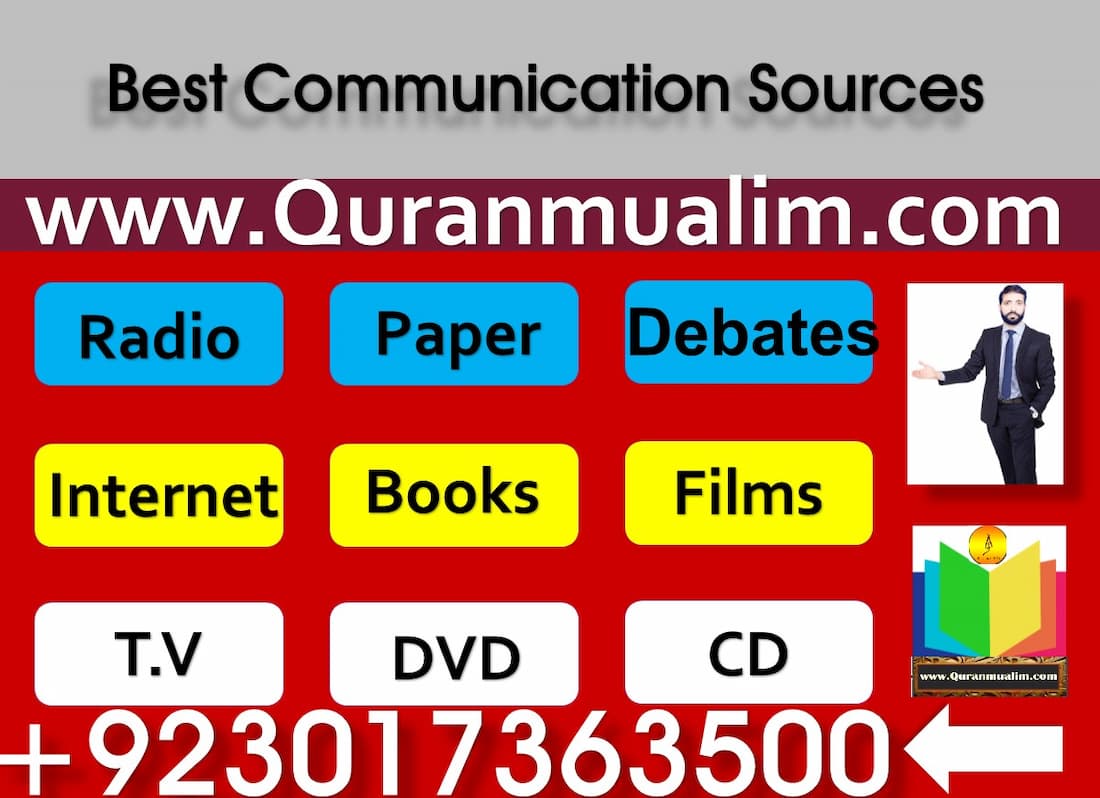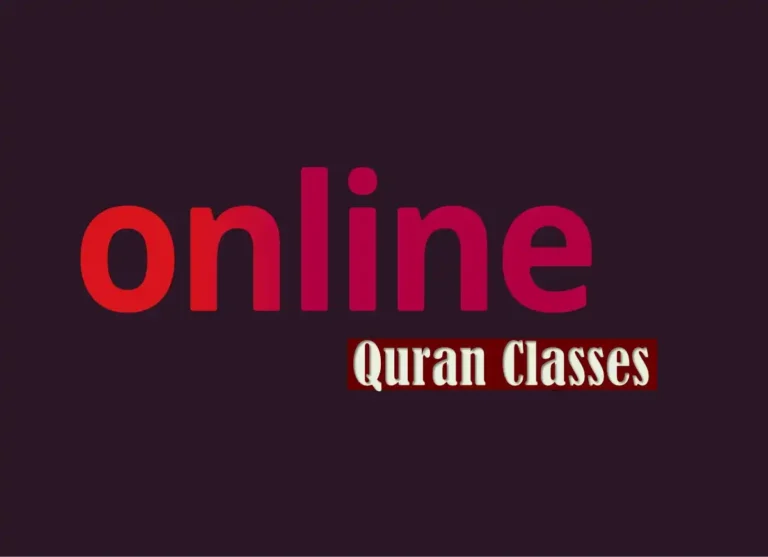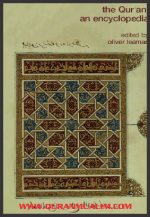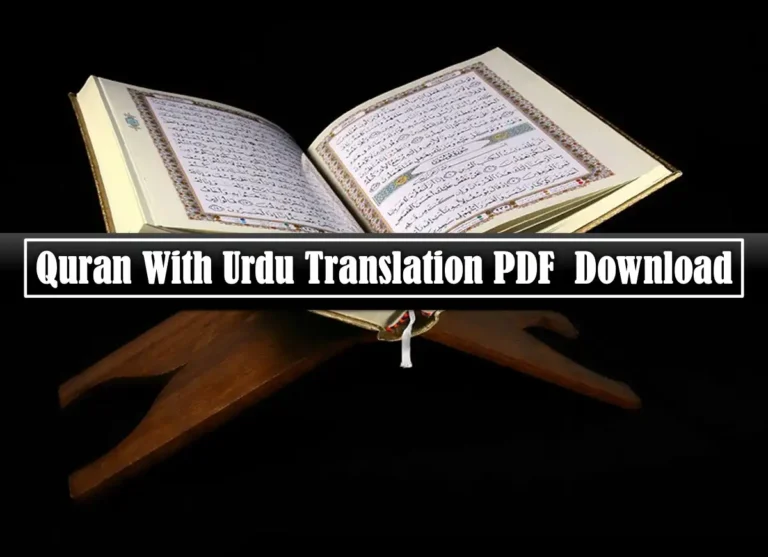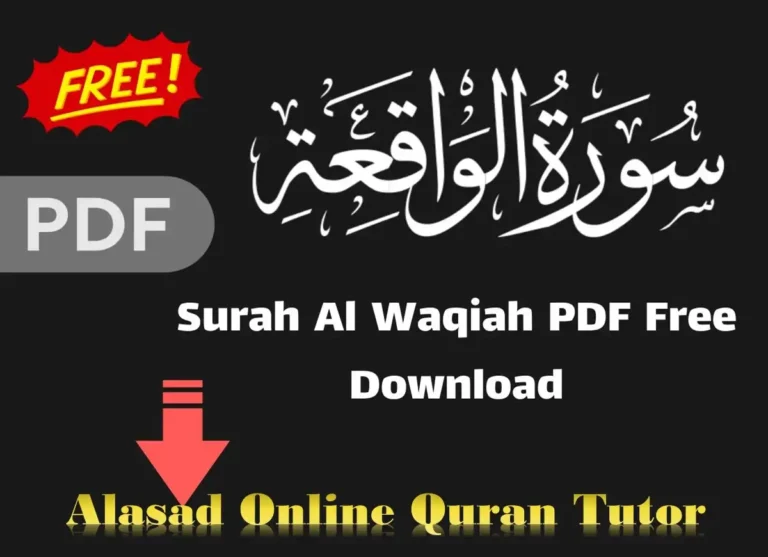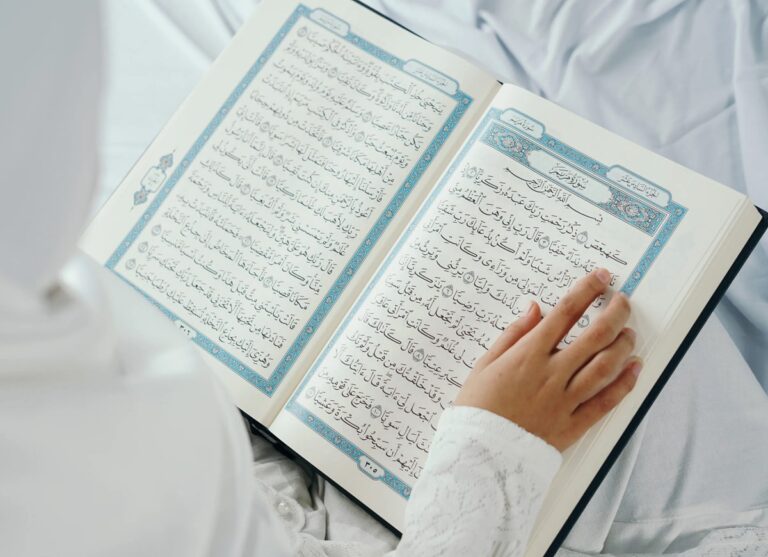Dear Brothers and Sisters, like any other language (Urdu, English, French, Farsi), Arabic Language requires time and determination to learn read or write. As with other languages (Urdu, English, French, Farsi), there are many online classes and courses, PDF books and video tutorials available to help you master the Arabic language. The language of language resources available can be overwhelming. Which ones are the best?
QuranMualim wants Arabic language students to master the language. To help with this, we offer a variety of courses (Tajweed. Quran with Tajweed, Tafseer, Qaida, Learn Quran, Norani Qaida, Basic Islamic Teaching) for every ability level and offer additional resources to help students build upon what they learn through the courses. These All resources have been carefully selected and can be enjoyed by students and non-students of QuranMualim.
There are two main types of written Arabic Language: Classical Arabic & Modern Stander Arabic.
1.Classical Arabic – the language of the Holy Qur’an and classical literature., Grammer, some of which is archaic. All Muslims recite the Holy Qur’an in the original language (Arabic Style); however, many rely on translations in order to understand the text.
2.Modern Standard Arabic (اللغة العربية الفصحى /) – the universal language of the Arabic-speaking world which is understood by all Arabic speakers (Gulf). It is the language of the vast majority of written material and of formal TV shows, Newspapers, Videos and lectures, etc.
These are some Arabic countries sub-continent of Afrecia e.g. (Algeria country, Bahrain country, Comoros country, Djibouti country, Egypt county, Iraq, Jordan, Kuwait, Lebanon, Libya, Mauritania, Morocco, Oman, Palestine, Qatar, Saudi Arabia, Somalia, Sudan, Syria, Tunisia, the United Arab Emirates and Yemen.) or region also has its own variety of colloquial spoken Arabic. These colloquial varieties of Arabic appear in written form in some poetry, Essay, Arabic Dramma, Short Stories, , cartoons and comics, plays, Arabic Short Stories and personal letters. There are also translations of the bible into most forms of colloquial Arabic and Grammer. You Know Arabic has also been written with the Hebrew, Syriac and Latin scripts.
Important Notable Features
- Type of writing system: Haroof e abjad
- Direction of writing: all Alphabet words are written in horizontal lines from right to left, numerals are written from left to right
- Many Arabic Alphabets letters: – Dear A few letters are used in Arabic language when writing place names or other words containing sounds which do not occur in Standard Arabic, such as /p/ or /g/. Additional letters are used when writing other languages.
Consonant Alphabets (Abjads)
Arabic Language, Hebrew (hebrew translation), manichaeism definition, Nabataean(nabatean), Pahlavi, Parthian, Phoenician, Paleo-Hebrew (hebrew to English, Hebrew alphabet, Hebrew translation), Proto-Sinaitic / Proto-Canaanite, Psalter, Punic, Sabaean, Samaritan, Sogdian, South Arabian, Syriac, Tifinagh, Ugaritic
Used to write: Arabic Language , Fulfulde Language, Afrikaans People,, (egyptian people), Arabic (Lebanese), Arabic (Modern Standard), Arabic (Moroccan), Arabic (Syria), Arabic (Tunisian), Arwi, Äynu, Azeri, Balti, Baluchi, Beja, Belarusian, Bosnian, Brahui, Chagatai, Chechen, Comorian, Crimean Tatar, Dargwa, Dari, Dogri, Domari, Gilaki, Hausa, Hazaragi (hazaragi language), Indus Kohistani, Kabyle (kabyle people), Karakalpak Language, Konkani Language, Kashmiri, region of kazakhstan, Khowar Language, Khorasani Turkic, Kurdish, Kyrgyz, Lezgi, Luri, Malay, Marwari, Mandekan, Mazandarani, Morisco, Mozarabic (mozarabic language), Palula, Parkari Koli, Pashto (pashto language), Persian/Farsi, Punjabi, Qashqai (nissan qashqai), Rajasthani (rajasthani rasiya), Rohingya (marwadi rasiya), Salar, Saraiki, Serer, Shabaki, Shina, Shughni, Sindhi, Somali, Tatar, Tausūg, Torwali, Turkish, Urdu, Uyghur, Uzbek, Wakhi, Wolof and a number of other languages
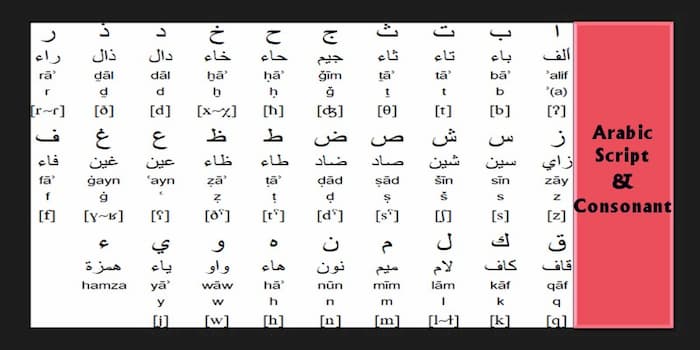
The Arabic language
You know There are two kinds of Arabic Sematic and Arabic Script .Arabic is a Semitic language with about 221 million speakers in Afghanistan country, Algeria country , Bahrain country , Chad, Cyprus, Djibouti, Egypt, Eritrea, Iran, Iraq, Israel, Jordan, Kenya, Kuwait country, Lebanon, Libya, Mali, Mauritania, Morocco, Niger, Oman, Palestinian West Bank & Gaza, Qatar, Saudi Arabia, Somalia, Sudan, Syria country , Tajikistan country, Tanzania country, Tunisia country, Turkey, UAE, Uzbekistan and Yemen. There are over 30 different varieties of colloquial Arabic Language which include:
Egyptian Style – spoken by about 50 million people in Egypt and perhaps the most widely understood forms, thanks to the popularity of Egyptian-made films and Videos, and newspapers. Algerian – spoken by about 22 million people in Algeria country. Moroccan/Maghrebi Style – spoken in Morocco by about 19.5 million people (in Morocco country). Sudanese people – spoken in Sudan by about 19 million people in Sudan. Saidi – spoken by about 19 million people in Egypt country. North Levantine – spoken in Lebanon and Syria by about 15 million people in this country. Mesopotamian – spoken by about 14 million people in Iraq country, Iran and Syria people
Najdi – spoken in Saudi Arabia, Iraq, Jordan and Syria by about 10 million people in this country
Semitic languages
Akkadian, Amharic Letters , Arabic (Egyptian People), Arabic (Modern Standard), Arabic (Moroccan), Arabic (Syrian), Aramaic, Argobba, Assyrian / Neo-Assyrian, Canaanite, Chaha, Chaldean Neo-Aramaic, Ge’ez, Hadhramautic, Harari, Hebrew, Himyaritic, Jewish Neo-Aramaic,maltese poodle, Mandaic, nabataean kingdom (nabataean empire,the nabateans,nabatean temple), The Phoenician (the phoenician resort), The Punic , Qatabanic, Sabaean Meaning (sabean mandean), Sabaic, Silt’e, syrian orthodox, Tigre, Tigrinya, Turoyo, Ugaritic, Western
Neo-Aramaic
Languages written with the Arabic script Adamaua Fulfulde Language, Afrikaans People, Arabic (Algerian), Arabic (Egyptian), Arabic (Lebanese), Arabic (Modern Standard), Arabic (Moroccan People), Arabic (Syria), Arabic (Tunisian), Arwi, Äynu, Azeri, Balti, Baluchi, Beja, Belarusian, Bosnian, Brahui, Chagatai, Chechen, Comorian, Crimean Dargwa, Dogri (dogri language,dogri language in which state,dogri is the language of which state), Domari, Gilaki, Hausa, Hazaragi, Indus Kohistani, Kabyle, Karakalpak Language, Konkani Language, Kashmiri, Kazakh, Khowar, Khorasani Turkic, Kurdish, Kyrgyz, Lezgi, Luri, Malay, Marwari, Mandekan, Mazandarani, Morisco, Mozarabic, Palula, Parkari Koli, Pashto Language, Persian Language , Punjabi, (Punjab) Qashqai, rajasthani rasiya, , Salar (about salar jung museum), Saraiki, Serer, Shabaki, Shina, Shughni, Sindhi, Somali, Tatar, Tausūg, Torwali, Turkish, Urdu, Uyghur, Uzbek, Wakhi, Wolof
The transliteration of consonants of Arabic Language used above is the International Standers Organization version of 1984. There are many other ways of transliterating Arabic meaning. Here is This chart shows how the letters change in different positions, i.e. Final Middle and Last.
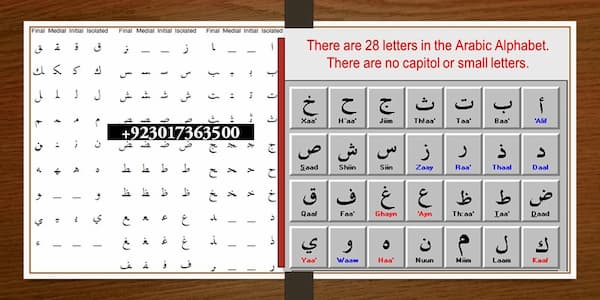
Dear Star kids: If you want to learn Arabic or build upon your Arabic language foundation, here are some of the best Arabic language resources that can complement your lessons, Arabic Lattes, Arabic Language Letters, and Sounds, Grammer, Arabic handwriting practice, learn Arabic writing, learn Arabic script, letter r in Arabic, Iraq alphabet Arabic phonetic alphabet ,Abjad Arabic, Arabic letters with words Arabic number letters basic Arabic Grammer, Arabic Alphabet for You free of cost:
An Arabic Keyboard. An Arabic keyboard can be handy in your Arabic language lessons and Sources. It appears on the screen and is a great way to associate Arabic alphabet letters (alaf to Yaa) to their English counterparts. Affiliated the Arabic and English Alphabet letter can give you valuable practice in spelling, writing and reading Arabic words.
The Arabic Alphabet
Dear Brothers and Sisters, this flash demonstration covers the basics of the Arabic alphabet. Knowing the All Arabic alphabet is the fundamental stepping stone to basic spelling, writing and reading Arabic words. Once you know the All alphabet and how to read or write and spell Vocabulary and Arabic words, it becomes easier to communicate each other, even if your uncomfortable with speaking and understanding spoken Arabic Grammer and Arabic Language.
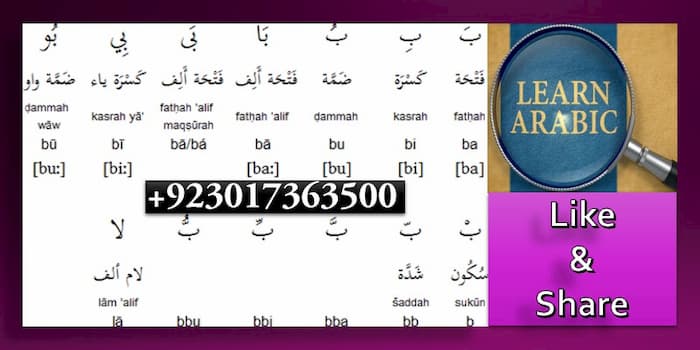
Arabic chat alphabet and Numbers
Dear brothers and Sisters, when chatting online Arabic speakers write in the Latin alphabet. So there are some Arabic Alphabets Letters for You:
Arabic numerals and numbers
Dear Students, these numerals are those used when writing Arabic and are written from left to right Order. In Arabic they are known as “Indian numbers” The term ‘Arabic numerals’ is also used to refer to 0,1, 2, 3,4 5,6,7,8,9, etc.
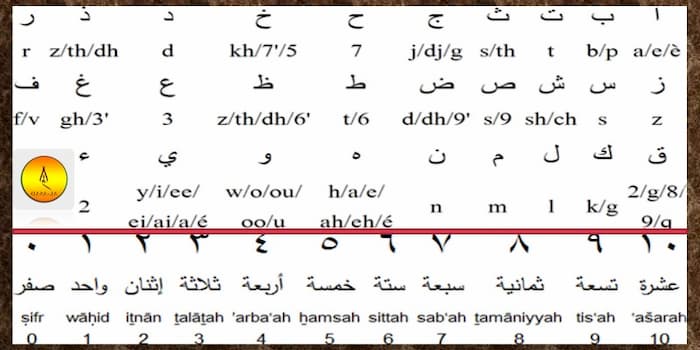
Arabic Countries
| Sr.No | Country Names | Varieties of Arabic spoken |
|---|---|---|
| 1 | Afghanistan Country | Tajiki |
| 2 | Algeria Country | Algerian Saharan |
| 3 | Bahrain Country | Baharna, Gulf |
| 4 | Chad Country | Chadian |
| 5 | Cyprus Country | Cypriot |
| 6 | Djibouti Country | Ta'izzi-Adeni/South Yemeni |
| 7 | Egypt Country | Egyptian, Saidi, Libyan, Eastern Egyptian Bedawi |
| 8 | Eritrea Country | Hijazi |
| 9 | Iran Country | Mesopotamian, Gulf |
| 10 | Iraq Country | Mesopotamian, Najdi,, Gulf |
| 11 | Israel Country | Judeo-Tripolitanian, Judeo-Moroccan, Judeo-Iraqi, Judeo-Yemeni, Judeo-Tunisian |
| 12 | Jordan Country | Najdi, South Levantine, Eastern Egyptian Bedawi |
| 13 | Kenya Country | Omani |
| 14 | Kuwait Country | Gulf |
| 15 | Libya Country | Libyan |
| 16 | Mali Country | Hassaniyya |
| 17 | Mauritania Country | Hassaniyya |
| 18 | Morocco Country | Moroccan design /Maghrebi, Hassaniyya |
| 19 | Niger Country | Libyan, Hassaniyya |
| 20 | Oman Country | Gulf, Omani, Dhofari, Shihhi |
| 21 | Palestinian West Bank & Gaza Country Country | South Levantine, Eastern Egyptian Bedawi |
| 22 | Qatar Country | Gulf |
| 23 | Saudi Arabia Country | Najdi, Hijazi, Gulf |
| 24 | Sudan Country | Sudanese |
| 25 | Syria Country | Mesopotamian (mesopotamia definition), Najdi, Eastern Egyptian Bedawi |
| 26 | Tajikistan Country | Tajiki |
| 27 | Tanzania Country | Omani |
| 28 | Tunisia Country | Tunisian, Judeo-Tunisian |
| 29 | Turkey Country | North Mesopotamian |
| 30 | UAE | Gulf, Shihhi |
| 31 | Uzbekistan Country | Uzbeki |
| 32 | Yemen Country | Sanaani/North Yemeni, Ta'izzi-Adeni/South Yemeni, Hadrami, Judeo-Yemeni |
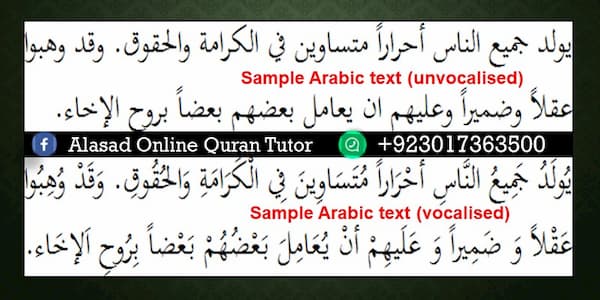
Free Download: This Arabic Article is available as a convenient and portable PDF in Mobile, PC and Laptop that you can take anywhere.
- The FAQ page provides general information on the Islamic and Especially Arabic language.
- The about page contains information about the meaning, meaning in Urdu and English I use and other free Printable Free PDF Worksheets, eBooks, Text Books, Free Arabic Sources about this website www.QuranMualim.com.
- The links www.QuranMUalim.com go to free websites with useful resources for Arabic language learning.
- The Messenger of Allah (Hazrat Muhammad) said: The best of people are those who benefit others (People)..
New to Arabic? Like, Share and Subscribe now to our Educational site www.QuranMualim.com ? ? ? ?
- Everyday science book PDF.
- Diets’s Encyclopedia |Quranmualim|.
- Class 4 Punjab Textbooks free PDF eBooks download.
- Class 3 Punjab Textbooks free PDF eBooks download.
- Class 2 Punjab Textbooks free PDF eBooks download.
- Class 1 Punjab Textbooks free PDF eBooks download.
Learn How to Pray in Arabic
Dear Students, the most widely used form of Arabic is that which is found in the Holy Quran, the holy book of Allah the Islam faith. Arabic and Islam are very intertwined. To help you get a better grasp of the Arabic language and Arabic Grammer, it is a good idea to learn how to perform Five Times prayers in Islam, including how to read and recite the Holy Quran, and practicing the Islamic rules and many prayers recited during important Islamic rituals.
Prayer makes up a big part of worship of the Allah and is a dominant component of All Arabic countries. By learning how these prayers are said, learning the Tajweed Rules and being able to interpret what the prayers say can greatly help you in learning Arabic. Language, and Arabic Grammer
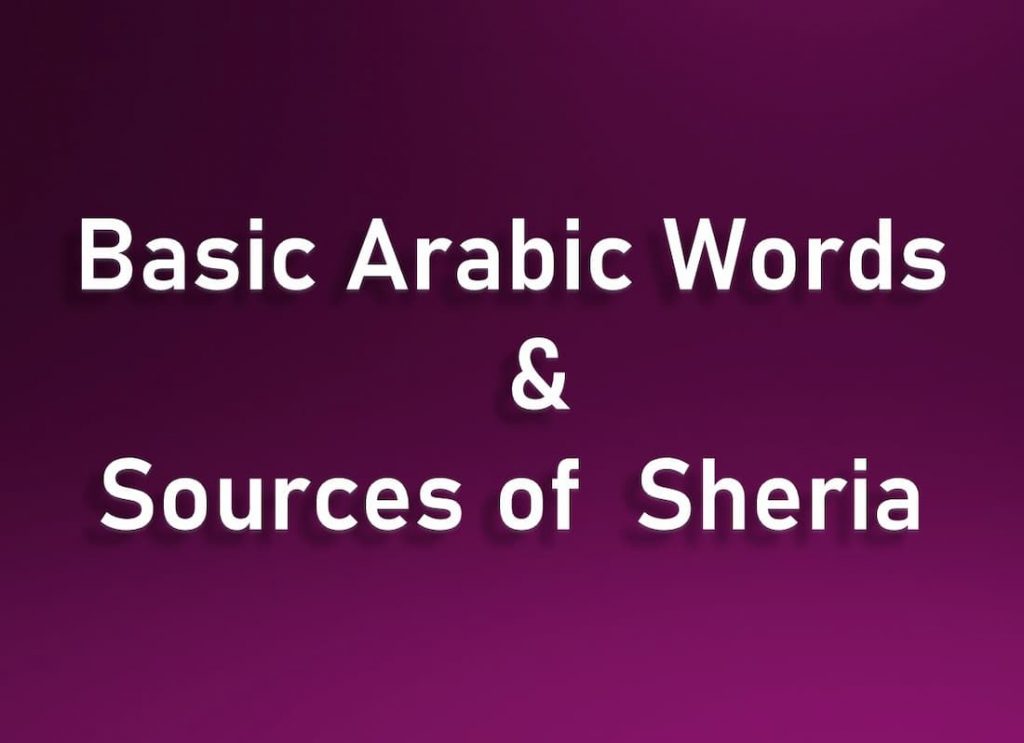
AGU 101 Roots and Patterns
AGU-101-Terminology -Source in Arabic
AGU-101-Terminology-2 -Source in Arabic
AGU-101-Terminology-3 -Source in Arabic
AGU-101-Worksheet-01 -Source in Arabic
AGU-101-Worksheet-02 -Source in Arabic
AGU-101-Worksheet-03 -Source in Arabic
The Root Pattran System Free PDF
AGU 103 Adjectives and Agreement
AGU-101-Worksheet-Answers Free PDF
AGU-103-Drill-1 -Source in Arabic
AGU-103-Drill-1-Answers Free PDF
AGU-103-Drill-2 -Source in Arabic
AGU-103-Drill-2-Answers Free PDF
AGU-103-Drill-3 -Source in Arabic
AGU-103-Drill-3-Answers Free PDF
AGU-103-Worksheet -Source in Arabic
AGU-103-Worksheet-Answers Free PDF
Arabic Grammer -Source in Arabic
Arabic Grammer 01 -Source in Arabic
Arabic Books & Worksheets
al-Jaleys Part 1 Final -Arabic Source
Alphabet Flashcards -Arabic Source
Alphabet Flashcards-Boat -Arabic Source
Arabic Grammar Book -Arabic Source
Arabic Writing Writing Sheet1 -Arabic Source
Arabic Writing Writing Sheet2 -Arabic Source
Arabic Writing Writing Sheet3 -Arabic Source
Arabic Writing Writing Sheet4 -Arabic Source
arabic -Arabic Source PDF Free Download
Beginners Guide To Arabic -Arabic Source
Blank-Vocabulary Table of Arabic -Arabic Source
Blank-Vocabulary Table of Chinese PDF
Blank-Vocabulary Table of Polish -Arabic Source
Classical Arabic -Arabic Acceleration Report
Designing Learning Expericence PDF
Getting Away Torture Translation PDF
Jordan-Arabic Language Lessons -Arabic Source
learning plan 3 -Arabic Source
Learning Plan -Arabic Source
Part2 Final -Arabic Source Arabic workbook pdf
Part3Final-al-Jaleys -Arabic Source
Arabic Grammar Unpacked
AGU-101-Terminology Arabic learning resources
AGU-101-Worksheet arabic learning resources
The Root Pattran System Answer 02
The Root Pattran System – Answer
The Root Pattran System 02
The Root Pattran System 03
Arabic PDF Sources
10-Reasons to Learn Arabic Language
ACTFL-3-Lesson-Plan arabic learning resources
AlAdhaFeast12 arabic learning resources
Animals-Full–Lesson-Plans
Arab World-Lesson Plan arabic learning resources
Arabic Curriculum for Grade 03
Arabic Grammer-Interrogative Words
Arabic Letters-World arabic learning resources
Arabic Musical Insturments
Arabic Paper arabic learning resources
Arabic Acceleration Report Arabic workbook pdf
Arabic-Broad casting-Project
Basmatna-Curriculum-GNG-QFI-2016
Beginners Guide To Arabic Arabic workbook pdf
Blank Template arabic learning resources
Body-parts arabic learning resources
Choose the right Word arabic learning resources
Clothing and-Desciptions arabic learning resources
Contest-Lesson Plan arabic learning resources
Curriculum Maptusd arabic learning resources
Desciptions-and-Emotions-
Eid Al Adha Feast11 arabic learning resources
Elementary-Level-2 arabic learning resources
Elomeri-lessonplay-2016 arabic learning resources
Fadi-Abughoush arabic learning resources
First Grade Arabic arabic learning resources
First-Grade-Lesson arabic learning resources
Four Grade of Arabic arabic learning resources
Healthy life arabic learning resources
Jordanian Arabic Grammar for Beginners
Khayameya-Full Unit arabic learning resources
Kindergarten Arabic Lesson
Kindergarten -Unit-1-Greetings
Kindergarten Unit-2-Using-Arabic at School
Kindergarten-Unit-3-Fun with 1-20
Kindergarten Unit-4-Colors and Fruits
Kindergarten Unit-5-My Family
Lesson-plan arabic learning resources
Morocco—s-presentation Arabic workbook pdf
My Cellular Devices Arabic workbook pdf
My Shopping Cart Arabic workbook pdf
My Small world Arabic workbook pdf
My School Arabic workbook pdf
My Trips-QFI1 Arabic workbook pdf
pdf Toimage Arabic workbook pdf
Plans Elementary Level-1 Arabic workbook pdf
Professions and Places in My Neighborhood
Scope and Sequence Arabic workbook pdf
Scope Sequence-Biographies
Scope and-Sequence for Careers
Scope and Sequence Intermediate-Social
Scope and Sequence The Environment
Second Grade of Arabic Arabic workbook pdf
Sharing the world AnimalsUnit7
Sharing the world-Unit1 Arabic workbook pdf
SYRIAN-REFUGEE-WORKSHOPS
The Refugee Rights Arabic workbook pdf
The Arabic Alphabets Arabic workbook pdf
Third Grade of Arabic Arabic workbook pdf
Trips lesson plan 3 Arabic workbook pdf
Weather-and-Seasons complete
What do you Study Arabic workbook pdf
افلام عربية 3Arabic Words Arabic workbook pdf
Dear Students, Each letter of the Arabic alphabet can have a maximum of four shapes depending on their position in the word: initial, medial, final attached, or final isolated. .
Dear Students, Hajj is the most important in the life whole of a Muslim. It is required for every Muslim at least once in his or her life. The Hajj is an annual journey Mecca to Madina , the holiest and Sacred city in the Muslim faith. The multi-day journey involves specific rituals, performing Namaz and prayers to be conducted and recited along the journey. You know I have many PDF about Hajj and Umerah.
Learning the various prayers and rituals of Pilgrims is a great way for Arabic language students to expand their vocabulary and grasp of the Arabic language.
Learn the Rules of Tajweed
Tajweed is a set of pronunciation and basic rules used when reciting the Holy Quran. These rules involve pauses and accents. Knowing these basic rules for reading the Holy Quran will help students in their Arabic language studies.
Dear You can get free pdf and Worksheets the explains the rules of Tajweed, with an emphasis on “nasal assimilation,” one of the most important rules.
Some PDF and Worksheets for learning Arabic can be found inside this Quora post. The author even gives suggestions for specific resources depending on your level of knowledge of Arabic Language and Arabic Grammer or any Educational information.
You know Arabic is an important, useful, Basic, key point and worthwhile language to learn in today’s the all over the world. Arabic can teach you about other cultures, Lives, Social, and Religious life.
Dear, If you’ve found these free Arabic language PDF, Worksheets, Books, resources and tools useful, take the next step and sign up for Arabic courses at www.QuranMualim.com Thanks!
Looking for Latest Information?
- Learn the Arabic All Alphabet – our flagship Arabic alphabet course with free PDF and exercises updated for 2020
- Arabic Worksheets for Grade 1 – Free PDF that includes a crash course on the Arabic alphabet
- Basic Arabic Grammar: Guide to Learning Arabic Faster – 90-page PDF that dives into how the Arabic language works and free Printable Worksheets for Kids
- Arabic PDF Free Download – a kids ’s lesson that gives an bird eye view and some details Arabic Grammer about nouns, pronouns, adjectives and adverbs in Arabic grammar, collectively what we call ism
- Arabic Vocabulary– a short tutorial that explains the essentials about Arabic sentences, Arabic Vocabulary and Arabic Guides in preparation for more advanced topics
- A to Z Arabic Printable Worksheets – a tutorial on Arabic grammar that focuses on the definiteness and indefiniteness of words. Includes detailed discussions about Arabic Grammer, Arabic Vocabulary, Arabic All Alphabets and various kinds of pronouns, such as personal pronouns, demonstrative pronouns, relative pronouns, etc.
About
- Hafiz Abdul Hameed
- Home: Pakpattan Punjab Pakistan
- Telephone: (92) 301-7363500
Dear Brothers and Sisters, If you want to know more latest information about Quran, Islamic, Education and Arabic Language Programs, please contact us or used comment Box only thanks
Lesson Plans
Dear Brothers and Sisters, These sample lesson plans include multiple learning targets from the beginning, Primary , Elementary and High and end of various thematic units. Dear Students Many activities outlined in the learning plans, Printable worksheets, Arabic Flash cards, Quran with Tajweed, Quran Translation and Basic Islamic Information are accompanied by sample authentic resources, Ways and teaching educational And Islamic materials. Each learning plan of Arabic learning , Grammer, Tajweed ,Quran with Tajweed, Tafseer also contains PDF of one or more activities being delivered in a real classroom. Quranmualim, thanks www.QuranMualim.com e for developing these materials. Primary, Elementary and High.
Post a Comments Please.
Dear, Want My Best Arabic Tips and Tricks Delivered to Your Inbox? (+some cool FREE stuff you’ll love and use comment Box only) Yes Please.
New to Arabic? Like, Share and Subscribe now to our www.QuranMualim.com
Dear Brother and Sister: If you want to get free educational and Islamic Information then like our Social Media Sites e.g. twitter recommended for you, twitter follow suggestions, Facebook page recommendations, do you have whatsapp,
- Learn MSA, which is used and understood throughout the Arabic Countries.
- Arabic Language activities PDF with key role plays in your daily life.
- Extensive vocabulary practice printable worksheets pdf free download
- Worksheets and eBook to practice handwriting worksheets download
- Language notes and grammar explanations free printable pdf download
- Islamic and Educational Worksheets including advice on what to do and what not to do
- Support materials, Books, Notes, downloads and study plans printable pdf free download
Dear Brothers and Sisters, all our Arabic courses (Quran, Quran with Tajweed and So on) are meet the requirements of the Common European Framework of Reference for Languages.
Are you learning Arabic? Why do you learn the language? Share in the comments below!
Our Android Apps
About CEO Al-Asad Online
Hafiz Abdul Hameed
Master In Islamic Studies
(Tajweed, Waqf)
Web Developer/Administrator
Web Content Writer
Blogger, SEO Expert
Graphic Designer
WhatsApp: +92 3017363500

